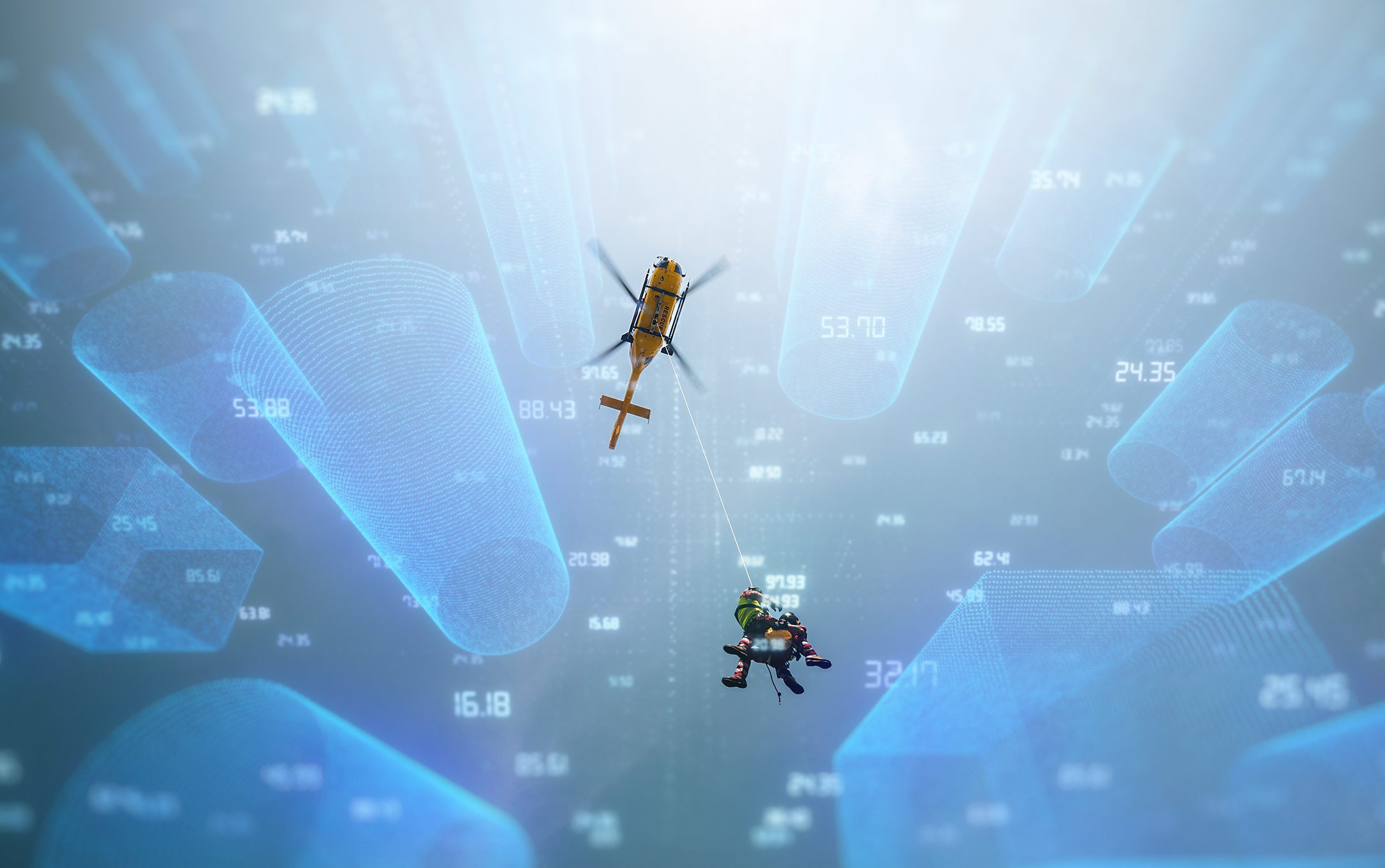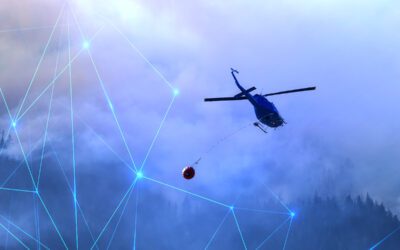Sometimes, we don’t see the ‘whole picture’. Vital information is invisible to the observer, hidden underneath layers of other data, or simply missing entirely. Trying to imagine that information into existence is almost impossible. That’s where Augmented Reality can start to fill in those gaps, delivering virtual simulations that can unlock previously inaccessible information.
One of the most innovative and exciting technologies to emerge in recent years Augmented Reality (AR), is revolutionising many industries, especially the aviation sector. AR bridges the divide between the real and the virtual world, allowing the user to see overlaid data through the use of specialist software.
In this article, we will investigate how virtual reality (VR) and AR are being incorporated into a wide range of applications. We’ll examine how the gap between reality and the virtual world is being narrowed and, crucially, ask how good virtual reality is. We will also investigate how systems such as FlySight’s Enhanced Reality System could represent the next generation of aviation AR.
How does AR work?
Humans gather data predominantly visually. Virtual simulations in AR systems enhance sensory perception (particularly visual imagery) by overlaying layers of data to create a computer-generated platform accessed either by compatible hardware or by including VR technology such as headsets. AR and VR aim to enrich the existing reality by adding digital content that sits within the hardware framework.
Most people will encounter AR and VR in a gaming context, where VR’s impact has been extreme. Whole worlds can be brought to life through the skill of the digital creator and programmer. However, in aviation, AR has a much more serious role to play by adding essential layers to operational hardware. It is also vital in training, especially in flight simulators.
What makes AR so useful?
The key element that elevates AR to a mission-critical tool is its ability to overlay virtual objects onto the real world. This allows the operator to interact with that data as if it were part of their physical environment. For example, an AR overlay detailing the exact addresses (including information about occupancy, zip or postal codes, etc.) can be superimposed on top of a terrain map that would not usually carry that amount of data. This makes it easier for the operator to pinpoint an exact location, even if the target area has been altered by, for instance, an earthquake or catastrophic collapse.
Real-time interaction
One of AR’s biggest advantages is that it can be used in real-time. This enables operators to make more accurate mission decisions, whether from the main base of operations or an aerial platform such as an SAR helicopter. AR allows users to interact directly with the data using familiar technology, including touch screens and hand-held control units.
This is another advantage of AR, especially systems being developed for the aviation sector. The software may be cutting-edge and brand-new, but the hardware used to operate it is already familiar to the end-user. This makes AR far more intuitive and reduces the time needed to train operators in the effective use of the technology.
The ability to manipulate the information is essential. Using controllers, operators can resize, move or rotate objects, allowing them to explore the information in multiple plains. With touch screens, this manipulation is even easier, allowing users to zoom in on a specific target and extract as much information as possible in seconds. That information can then be relayed to the pilot so they can course-correct or go straight to mission control for confirmation and follow-up orders or instructions.
Geospatial mapping and tracking
AR can be fully integrated into complex sensor and camera systems, allowing the VR objects within the algorithm to align with the real-world environment. Through machine learning, AR can capture information provided by the cameras and sensors and continually update the virtual layer.
While current hardware can limit its ability to do this effectively without lag or the occasional pixelation issue, next-generation systems are becoming increasingly accurate with geospatial mapping and tracking functions. Thanks to faster processors and greater memory capacity via the Cloud, the older, slower systems are being replaced by real-time systems that are faster, more accurate and more efficient.
The next generation of AR collaborations
From turnkey solutions to developmental tools, FlySight has been leading the way when it comes to straddling the gap between virtual and real-world data meshing for years.
Now, we have collaborated also with Data Machine Intelligence Solutions: they are moving the sector forward to close that gap even more. FlySight and DMI Benchmark Synthetic Data worked to fuse virtual scenarios and real-world data by creating simulations to see how closely DMI’s virtual representations can mirror reality, thereby enhancing the fidelity and applicability of virtual simulations.
The essence of this collaboration lies in accurately determining and minimising the discrepancies between synthetic datasets and real-world observations. Through a meticulous comparison process, the initiative aims to refine the precision of virtual models, ensuring they closely align with real-world data.
This endeavour is crucial for fields that rely on exacting data validation and model reliability standards. It provides a concrete basis for the application of virtual models in real-world scenarios.
This exciting collaboration shows that the full potential of AR has not yet been reached. While increasingly outdated hardware may be a stumbling block that could slow some progress, the reality is that the level of technology now available far outreaches the earlier, less reliable, and less accurate versions.
So, how good is virtual reality right now? The truth is that it is good enough to be used by the military, search-and-rescue operators, and the police on mobile aerial platforms. It is good enough to allow surgeons to perform life-saving microsurgery and advance the treatment of many conditions, allowing therapists and clinicians to develop the next generation of ‘personalised medicine’. And it is good enough to revolutionise the online shopping experience.
No technology stands still, and Augmented Reality and VR will continue to grow and develop, taking us into the realms of wearable tech and implants that could enhance our vision or hearing.
Find out more about FlySight
Watch our in-depth, real-time enhanced reality video presentations to discover just how advanced AR technology is. Alternatively, contact our technical team to discuss your needs so we can develop an AR system tailored to your exact needs.





